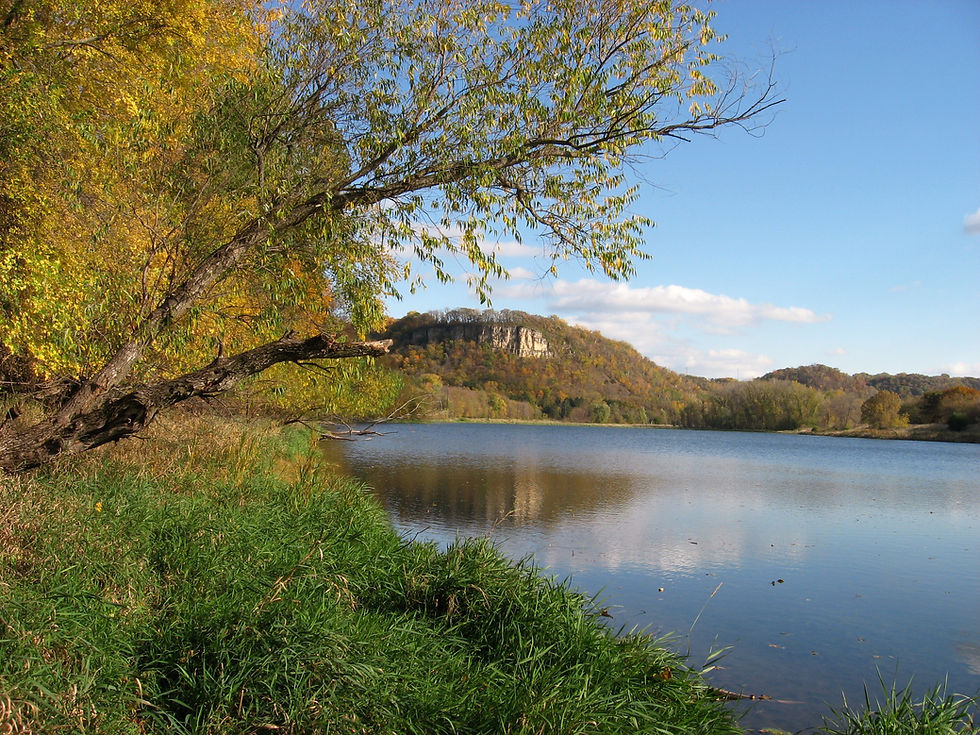Intense Action at the Bird Feeders
- Bruce Ause
- Dec 4, 2016
- 2 min read

Pileated Woodpeckers
Despite the open conditions and unseasonably warm temperatures through December 3rd, we are experiencing exciting activity at our feeders. This is especially true of our suet feeders. If you look closely at this photo, you should be able to distinguish the male from the female pileated woodpecker. The head of the male has more red on the crest and a thin strip of red along the side

Downy Woodpecker on the left and Pileated Woodpecker on the right.
Sometimes it is difficult to appreciate the size of a Pileated Woodpecker until it is compared to a Downy Woodpecker.

Red-bellied Woodpecker
The Red-bellied Woodpecker is less cautious than the Pileated and will be more likely to visit our suet feeder just outside our window.

Tufted Titmouse
The most exciting and rare observation for this area during the past week was a pair of Tufted Titmice. They visit our peanut and safflower feeders quite regularly. In previous years, we may experience only one sighting for an entire winter.

Beaver Cuttings
In my last post, I noted that beaver had been busy working on a very large ash tree along the edge of Wacouta Pond. Observations this week were on the shore of Lake Pepin. Beaver were actively cutting small willow saplings.

Close-up of Beaver chewing marks
This close-up of a beaver cutting reveals tooth marks. Unlike other mammals, the front teeth of the beaver continue to grow their entire life. They must constantly gnaw on wood to keep their teeth sharp and and from growing too long. If that happens, their mouth will not close properly preventing their back teeth to function correctly. The end result will be starvation.

Leftovers from beaver feeding
The only part of a tree limb or twig that provides any nutritional value is the inner bark. Wood is of value only in the construction of a lodge or dam.




Comments